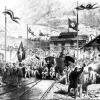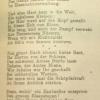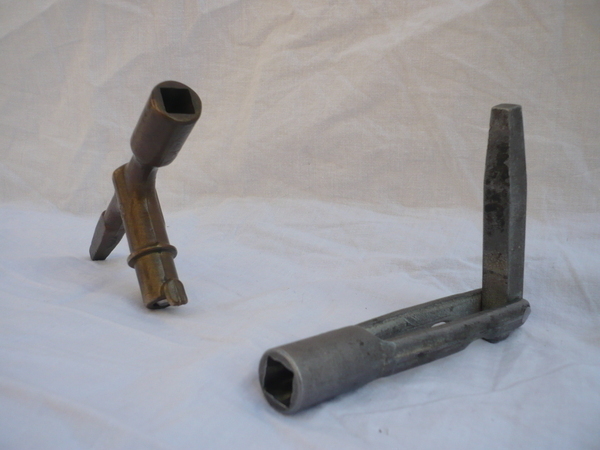The Berne Key: the key to railway harmony
The Berne key became a symbol for the emerging international railway system in the nineteenth century. The key is a simple object, consisting of two parts that, between them, can open the lock of most train cars in Europe.
This unified key may seem to be a simple object, but it was the product of lengthy international negotiations and is a material compromise between the different locks placed on German, French, and Italian railway cars. The key allowed freight trains to travel across the continent without needing to transfer freight from one kind of wagon to another at the borders of the three different railway systems.
During the Convention on the International Traffic of Goods by Rail in 1886 in Berne, railway organizations from across Europe met to discuss procedures for cross-border railway traffic in Europe. The issue of the locks for railway wagons was an important issue on the table. They finally agreed that railway conductors should be issued a single tool that had the profiles of keys from the two dominant types of locks in operation in Europe.

How to cite this page
Suzanne Lommers, 'The Berne Key: the key to railway harmony', Inventing Europe, http://www.inventingeurope.eu/governance/the-berne-key-the-key-to-railway-harmony
Sources
- Kaiser, Wolfram, Johan Schot, and Dagmara Jajesniak-Quast. Governing Europe: Technology, Experts and Networks. Basingstoke: Palgrave, forthcoming.
- Ribeill, Georges. “Aux Origines De L’utopie Du Réseau Ferroviaire Européen Intégré.” Revue Européenne D’histoire Sociale 21 (2007): 44–59.
- Ribeill, Georges.“L’Unité Technique Des Chemins De Fer En Marche (1886-1908).” Chemins De Fer 496 (2006): 32–39.




















